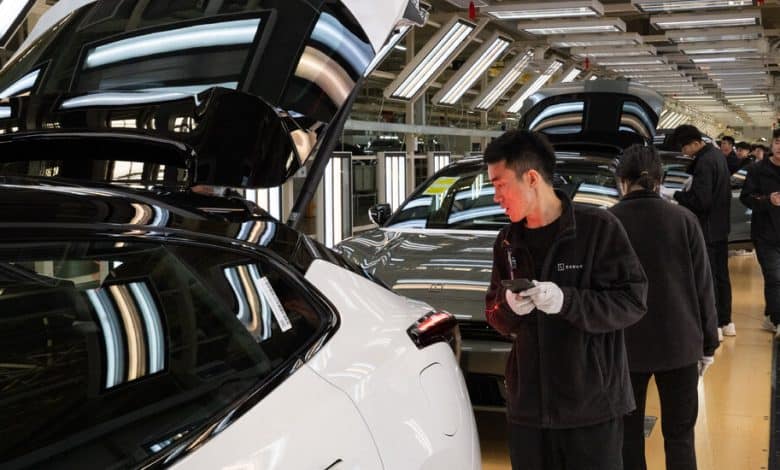How China Rose to Lead the World in Cars and Solar Panels

For decades, China has moved methodically to dominate ever more industries, from toys and clothing in the 1980s to semiconductors and renewable energy today. China now produces a third of the world’s manufactured goods — more than the United States, Germany, Japan, South Korea and Britain combined. Its trade surplus in these goods is equal to a tenth of the entire Chinese economy.
And those exports keep increasing, causing alarm about China’s manufacturing “overcapacity” among its biggest trading partners. Top leaders in the United States and Europe have begun calling on China to dial back how much it sells to the world, and to increase its imports. On Tuesday, President Biden is expected to raise U.S. tariffs sharply on imports from China of electric cars, solar panels and other high-tech manufactured goods.
China’s industrial policies had a consistent focus.
Almost a decade ago, China launched an ambitious program called Made in China 2025. The plan was for China to replace key imports in 10 advanced manufacturing industries by making its own products. The state-controlled banking system directed loans to those key sectors.
Fast forward 10 years, and China’s domestic economy is hurting mostly because of a housing market crash. Leaders in Beijing have ordered increased lending for many of the same manufacturing sectors to compensate for slower consumer spending, and are stepping up exports.
For China’s economic policymakers, the strategy is familiar.
It works like this: Regulators restrict the investment options of Chinese households, which have little choice but to deposit enormous sums of money into banks at low interest rates. The banks then lend the money at low rates to startups and other businesses. According to China’s central bank, net lending for industry swelled to $670 billion last year from $83 billion in 2019.
